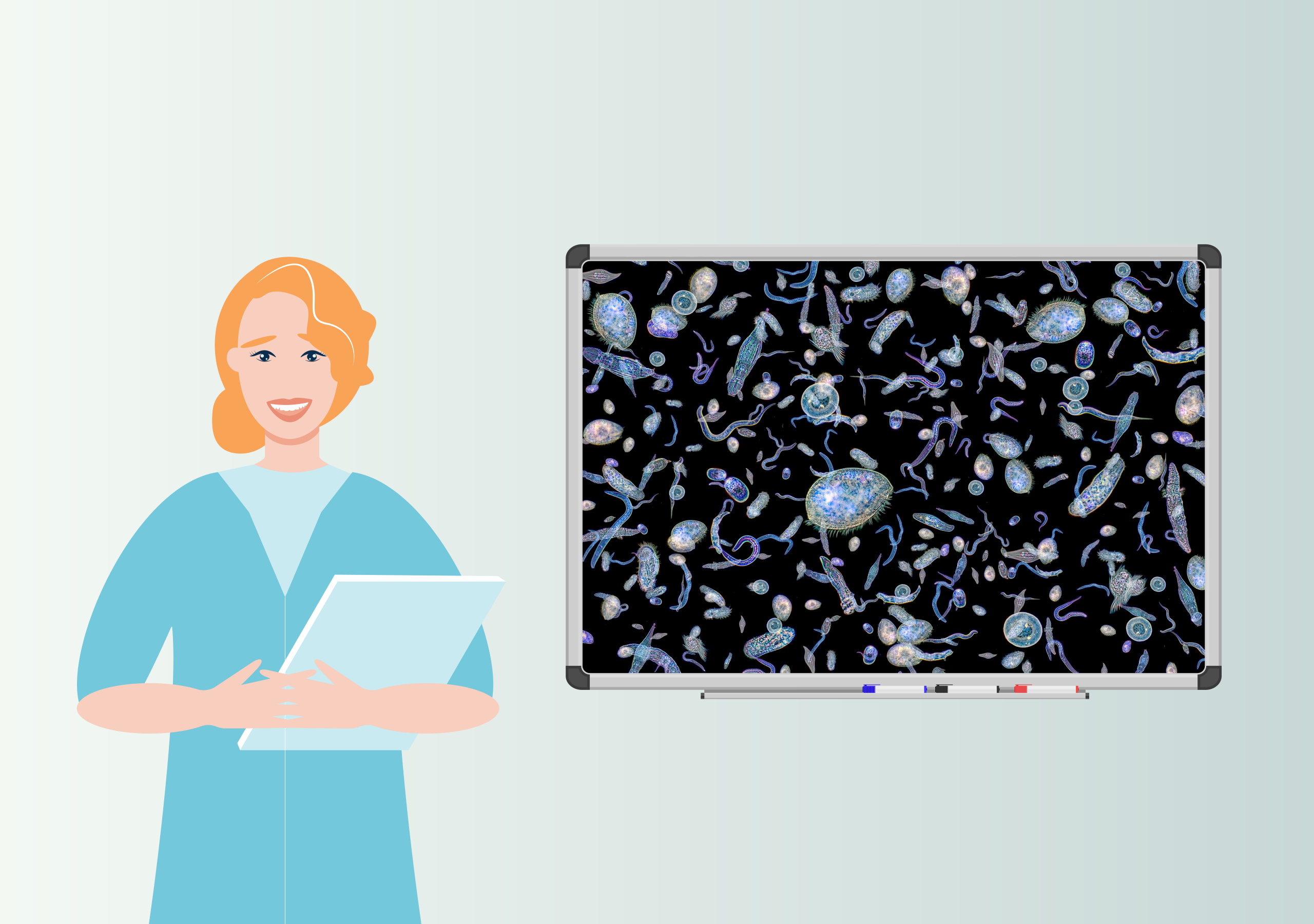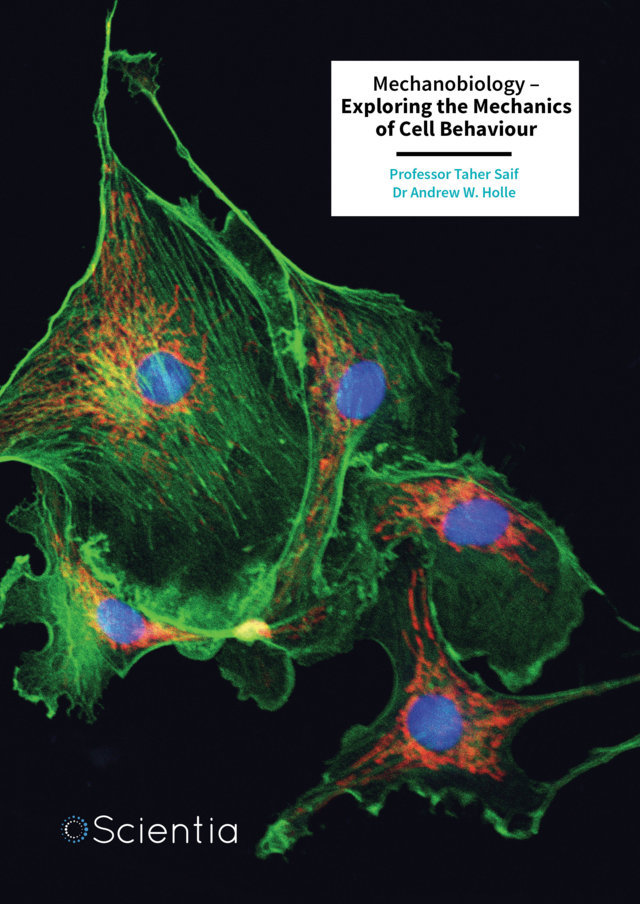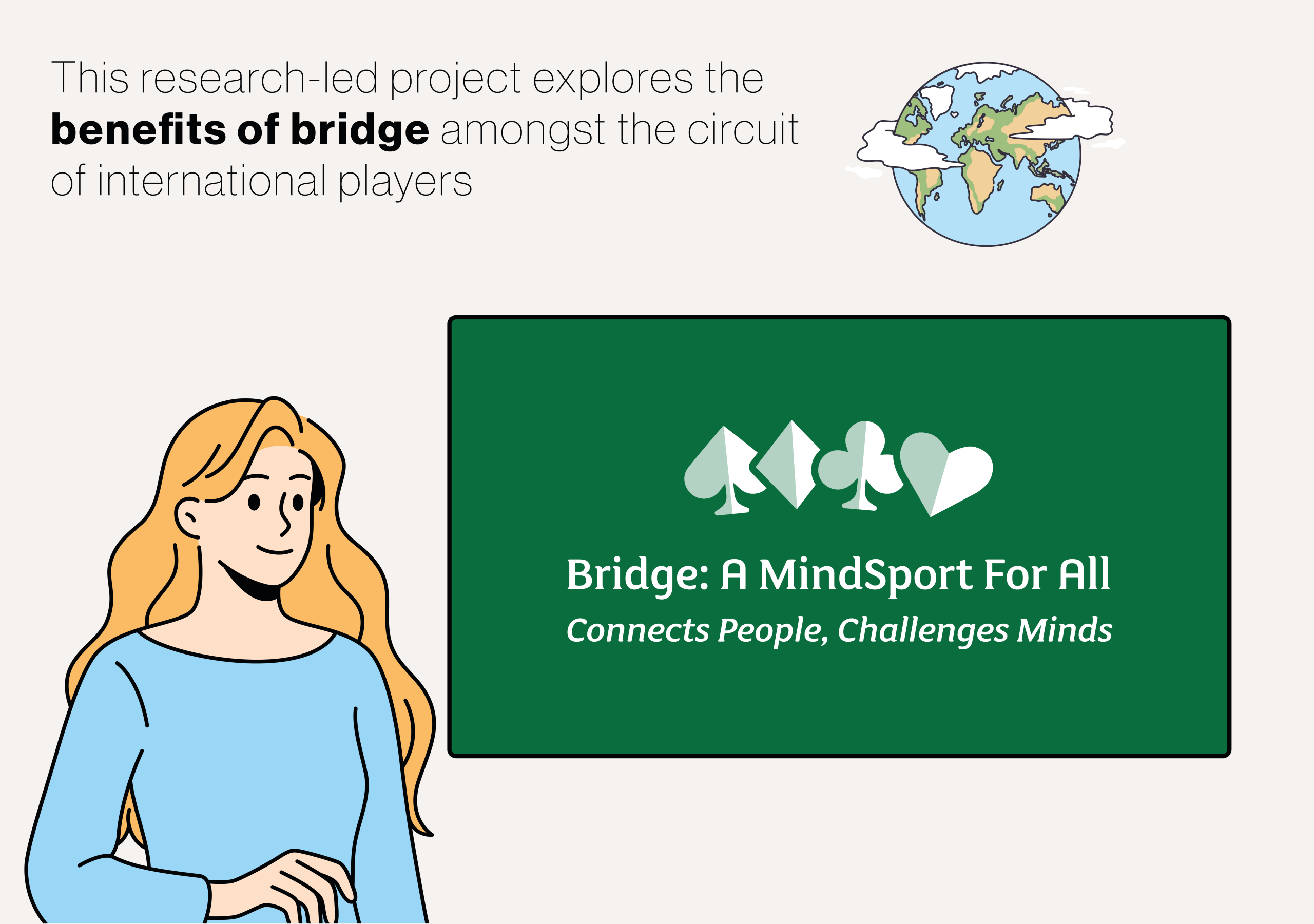We typically take our skulls for granted, beyond their basic function in keeping our brain safe and sound within our head. When you look in the mirror, the shape of your skull, which forms the very structure beneath your face, is something you may not have considered in much detail. However, the story of how your skull came to be, and how bone spread across your embryonic head in perfect symmetry to form a complete and protective dome over your brain, is a marvel of biology that scientists are only just beginning to understand. In a new study led by Dr. Jacqueline Tabler at the Max Planck Institute for Molecular Cell Biology and Genetics, researchers have uncovered a surprising and elegant mechanism behind how skull bones grow that is different to how we typically think of cell movement and migration in the body. Published in the open-access journal Nature Communications, this latest research rewrites what we thought we knew about cell movement, tissue development, and the mechanics of morphogenesis, the process through which an organism takes shape. More
It turns out that the skull builds itself, but importantly this does not require bone-producing cells called osteoblasts to migrate en masse as the bone structure expands across the head while we are embryos. Traditionally, scientists believed that growing bones, such as those in the skull, expanded through the active migration of osteoblasts. Much like ants marching in formation, these cells were thought to crawl across the top of the head, depositing collagen (a fibrous protein that acts as a scaffold) and slowly mineralizing it into bone.
But Dr. Tabler and her team found something different. Interestingly, the cells didn’t seem to move the way we expected. Instead of crawling forward in the typical sense, the osteoblasts were mostly staying put, yet the bone continued to grow. How was this possible? The answer, it turns out, lies not in how the cells move, but in how they change.
What the researchers discovered is a process that mimics a wave, not of water, but of differentiation. Differentiation is the biological process by which unspecialized cells become specialized. In this case, immature mesenchymal cells (think of them as blank slates) gradually become osteoblasts as they respond to specific cues in their environment, such as mechanical forces and biochemical signals.
This transformation doesn’t happen randomly. It moves across the skull in a wave-like pattern, from the sides toward the center, where the skull eventually closes some time after birth. The wave propagates in this fashion: as these immature mesenchymal cells differentiate into osteoblasts, they change the physical properties of the tissue itself. Specifically, they make it stiffer by producing collagen.
That stiffness, in turn, encourages nearby cells to also differentiate. The result is a cleverly self-propagating wave, in effect a biomechanical domino effect, where cell fate and the stiffness of the surrounding tissue are intricately linked. The bone doesn’t expand by cells marching across a landscape; instead, the landscape changes under their feet, and the cells respond in place and then further propagate the wave to the cells next to them.
To test their hypothesis, the team used high-resolution, live imaging techniques on tiny mouse skull caps to image the growing skull. They tracked cells marked with glowing proteins and measured how the tissue’s stiffness changed over time. What they found confirmed their hypothesis: the “front” of the growing bone moved faster than the individual cells themselves. This wasn’t just motion, it was transformation. As the wave of differentiation rolled forward, new osteoblasts emerged at the front, pushing the bone outward not by the actions of individual cells but by a change in form of the collective of cells.
To explain these observations, Dr. Tabler and her collaborators built a mathematical model that treated the growing tissue like a kind of fluid. This model showed that a feedback loop, where differentiation increases stiffness, which in turn triggers more differentiation and cellular motion, could indeed produce the patterns they observed in real life.
It was a beautiful example of complex outcomes arising from simple rules. Just as birds flock or schools of fish swirl without a leader, bone can grow without a master cell directing the expansion or a surge of cell motion across the embryonic head.
While this discovery is certainly an interesting feat of biology, it could have wider implications. In medicine, understanding how tissues self-organize could aid in designing new regenerative therapies. Imagine guiding tissue growth not with expensive and sophisticated scaffold materials or fiddly biochemical cues, but by simply tweaking the mechanical environment so that cells do the work themselves. In bioengineering, the idea of stiffness-driven self-organization might lead to better materials and systems for growing new organs in the lab.
Perhaps one of the most interesting takeaways from Dr. Tabler’s research is the challenge it presents to a common assumption in biology: that motion means migration. In tightly packed tissues with limited space for cell movement, such as the developing skull, traditional models of crawling cells don’t hold up. Instead, it’s the dynamic feedback between a cell’s fate and its mechanical environment that can both move cells and propel development forward.
This subtle mechanism, where cells sense and respond to their own ever-changing neighborhood, reveals a deeper level of biological sophistication than previously imagined. Dr. Jacqueline Tabler and her team have shown us that the growth of the skull is not just a matter of biology, but also of physics, of waves and gradients, of stiffness and flow, of change rippling forward. Their work beautifully illustrates how nature often solves complex problems not with brute force, but with elegant feedback and cooperation.







